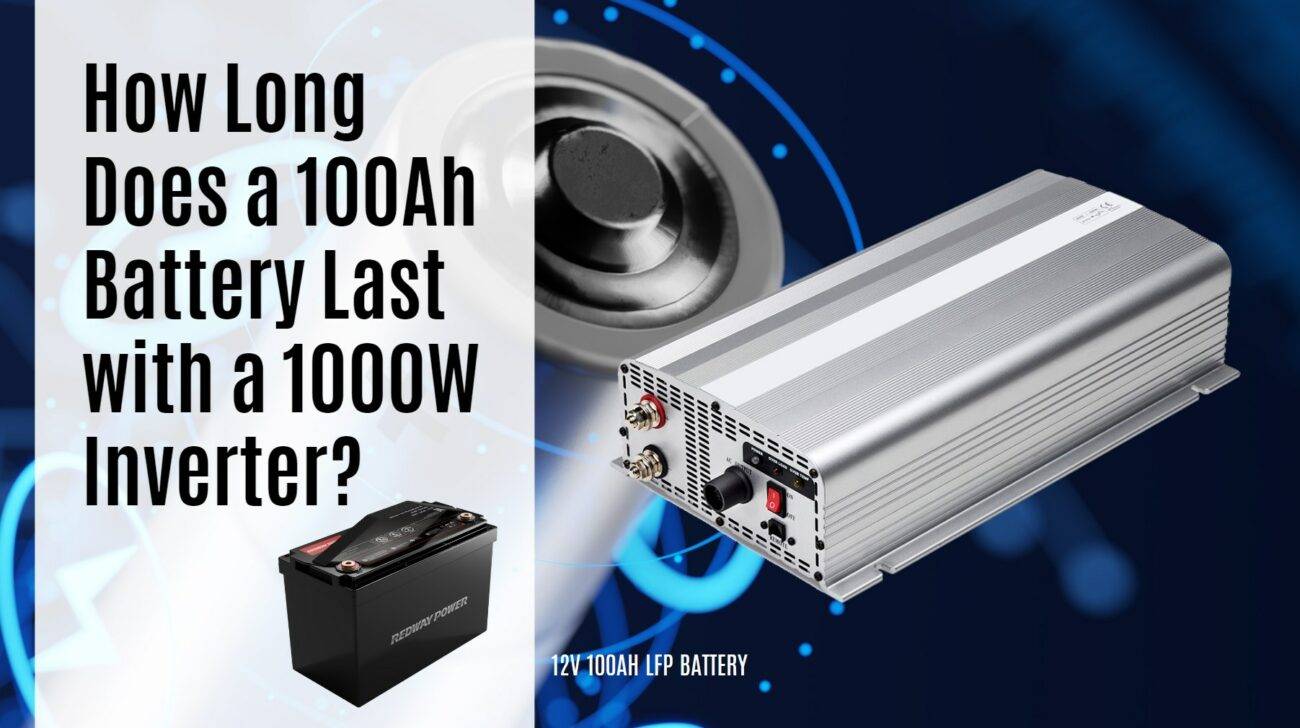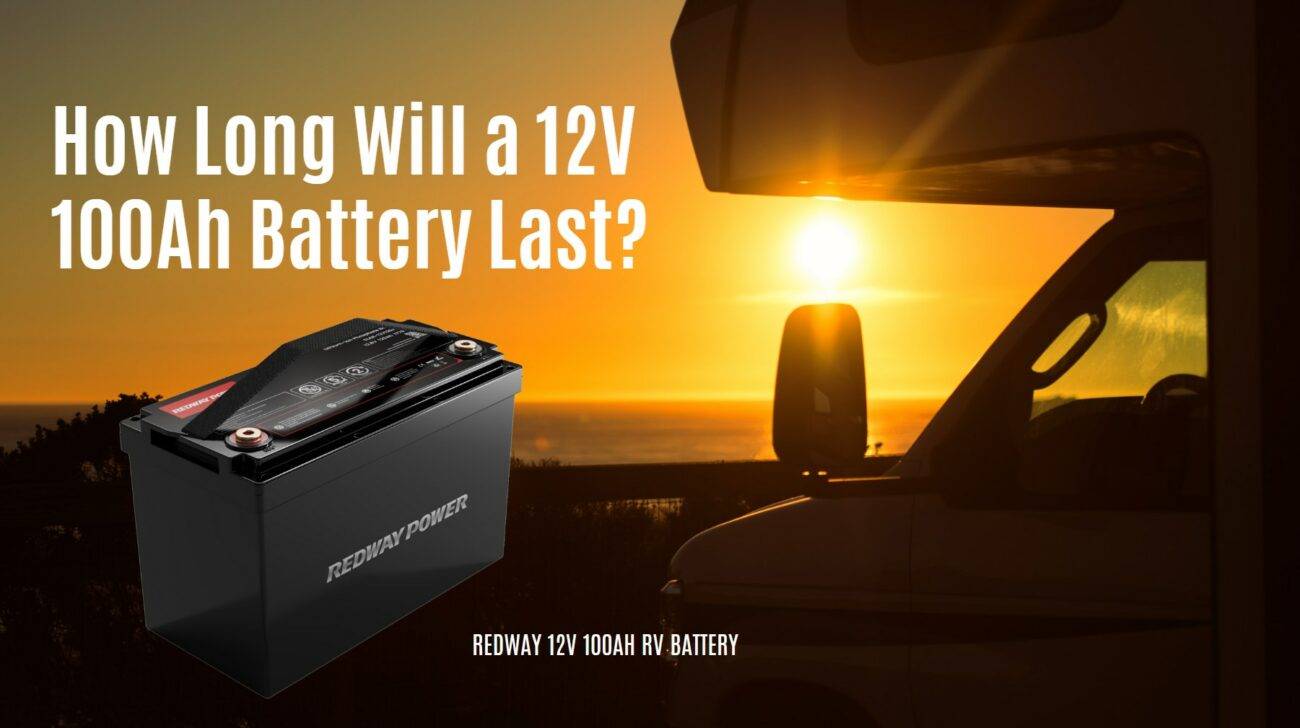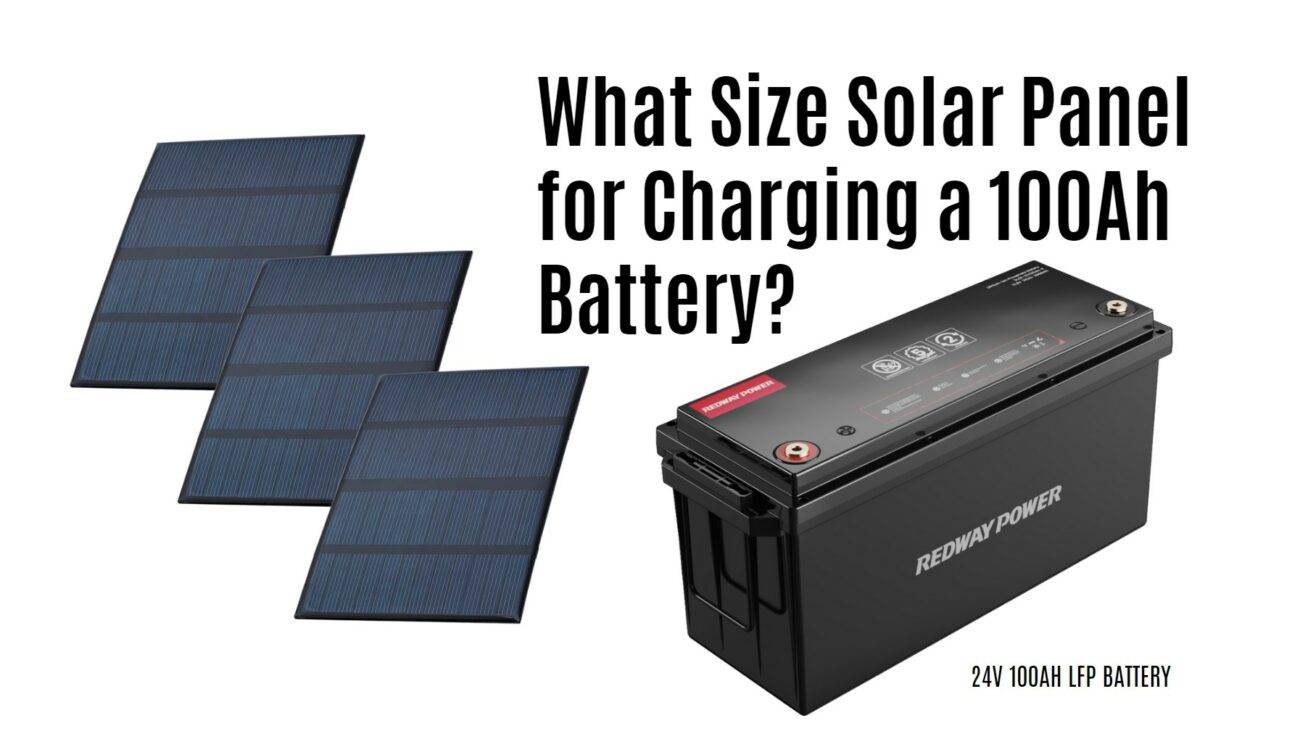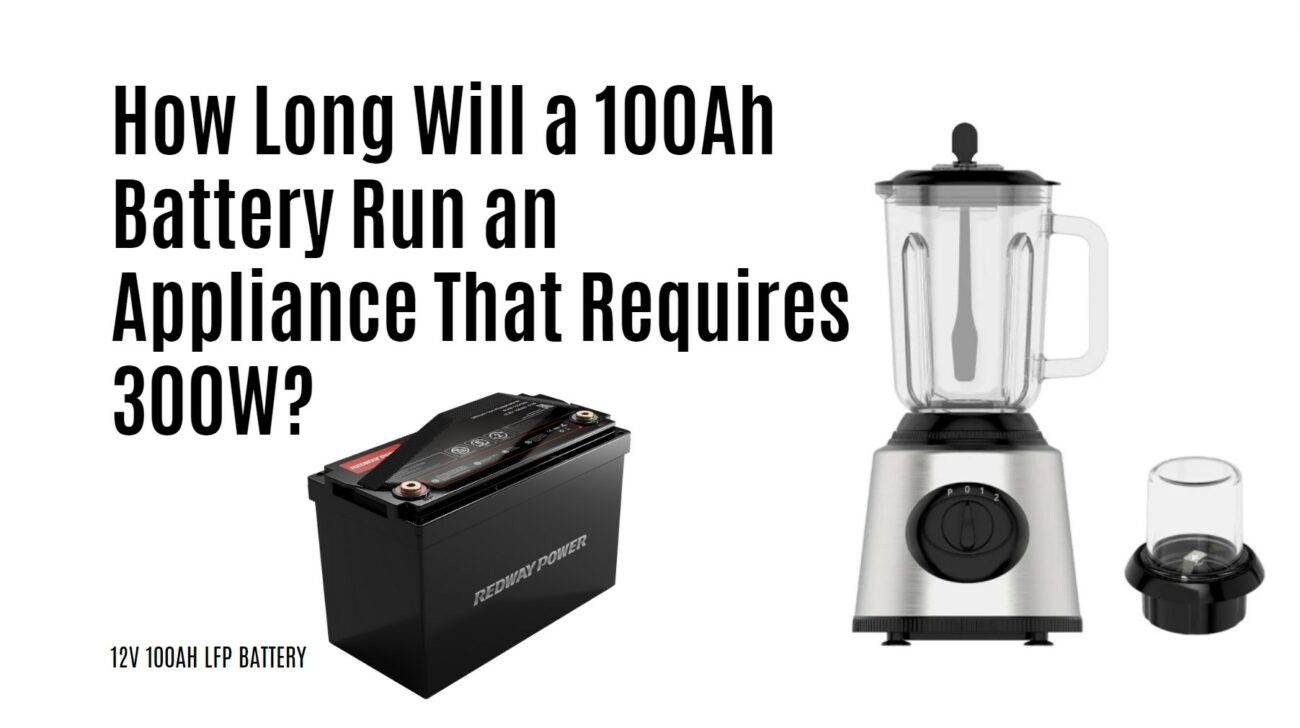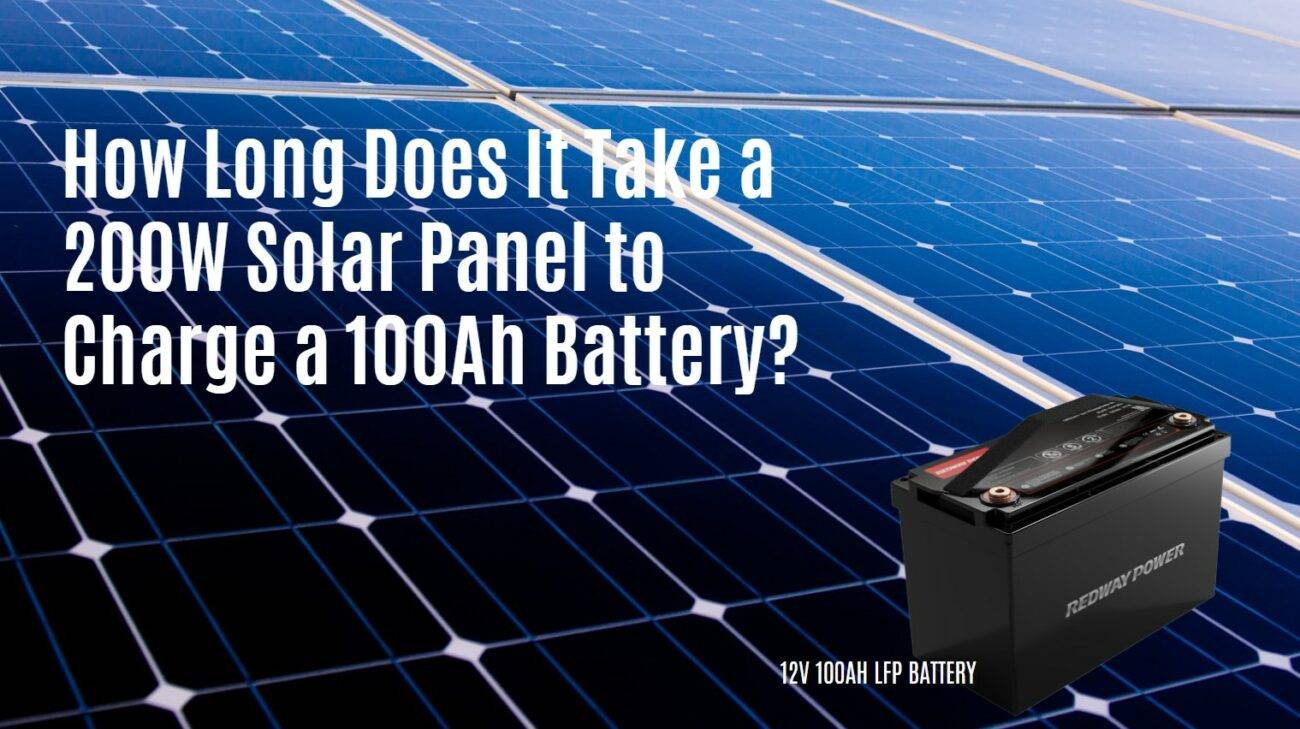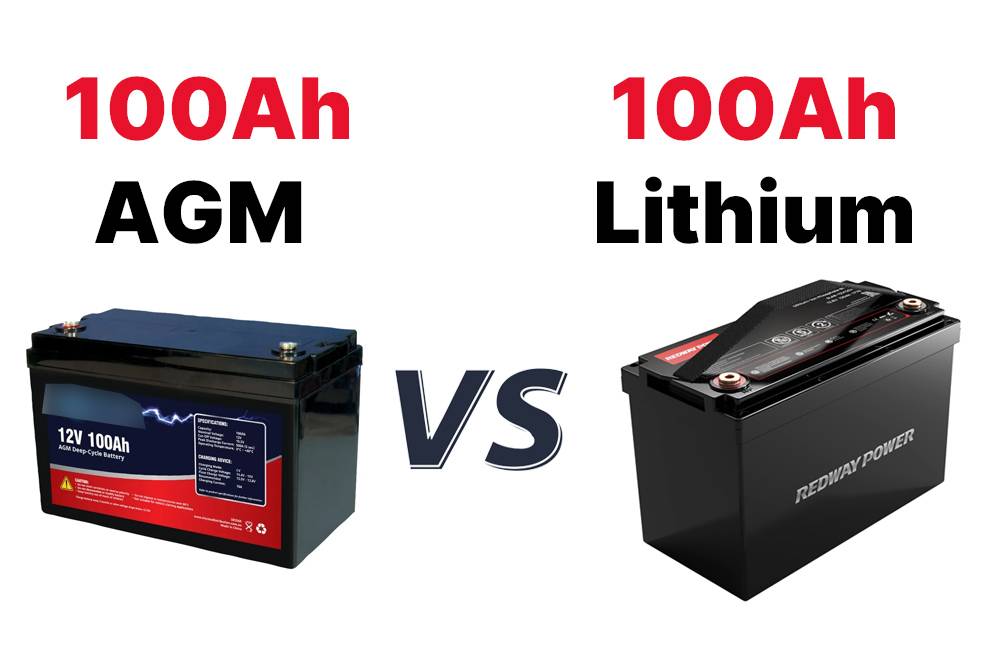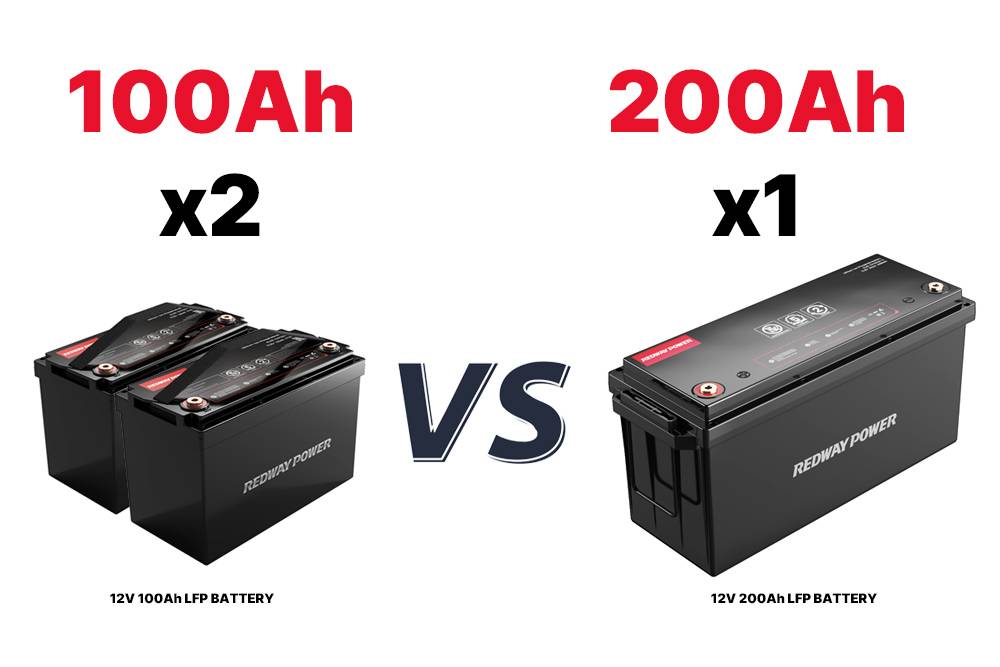- Forklift Lithium Battery
-
48V
- 48V 210Ah
- 48V 300Ah
- 48V 420Ah (949 x 349 x 569 mm)
- 48V 420Ah (950 x 421 x 450 mm)
- 48V 456Ah
- 48V 460Ah (830 x 630 x 590 mm)
- 48V 460Ah (950 x 421 x 450 mm)
- 48V 460Ah (800 x 630 x 600 mm)
- 48V 460Ah (820 x 660 x 470 mm)
- 48V 500Ah
- 48V 560Ah (810 x 630 x 600 mm)
- 48V 560Ah (950 x 592 x 450 mm)
- 48V 600Ah
- 48V 630Ah
-
48V
- Lithium Golf Cart Battery
- 12V Lithium Battery
12V 150Ah Lithium RV Battery
Bluetooth App | BCI Group 31
LiFePO4 Lithium
Discharge Temperature -20°C ~ 65°C
Fast Charger 14.6V 50A
Solar MPPT Charging - 24V Lithium Battery
- 36V Lithium Battery
- 48V Lithium Battery
-
48V LiFePO4 Battery
- 48V 50Ah
- 48V 50Ah (for Golf Carts)
- 48V 60Ah (8D)
- 48V 100Ah (8D)
- 48V 100Ah
- 48V 100Ah (Discharge 100A for Golf Carts)
- 48V 100Ah (Discharge 150A for Golf Carts)
- 48V 100Ah (Discharge 200A for Golf Carts)
- 48V 150Ah (for Golf Carts)
- 48V 160Ah (Discharge 100A for Golf Carts)
- 48V 160Ah (Discharge 160A for Golf Carts)
-
48V LiFePO4 Battery
- 60V Lithium Battery
-
60V LiFePO4 Battery
- 60V 20Ah
- 60V 30Ah
- 60V 50Ah
- 60V 50Ah (Small Size / Side Terminal)
- 60V 100Ah (for Electric Motocycle, Electric Scooter, LSV, AGV)
- 60V 100Ah (for Forklift, AGV, Electric Scooter, Sweeper)
- 60V 150Ah (E-Motocycle / E-Scooter / E-Tricycle / Tour LSV)
- 60V 200Ah (for Forklift, AGV, Electric Scooter, Sweeper)
-
60V LiFePO4 Battery
- 72V~96V Lithium Battery
- Rack-mounted Lithium Battery
- E-Bike Battery
- All-in-One Home-ESS
- Wall-mount Battery ESS
-
Home-ESS Lithium Battery PowerWall
- 24V 100Ah 2.4kWh PW24100-S PowerWall
- 48V 50Ah 2.4kWh PW4850-S PowerWall
- 48V 50Ah 2.56kWh PW5150-S PowerWall
- 48V 100Ah 5.12kWh PW51100-F PowerWall (IP65)
- 48V 100Ah 5.12kWh PW51100-S PowerWall
- 48V 100Ah 5.12kWh PW51100-H PowerWall
- 48V 200Ah 10kWh PW51200-H PowerWall
- 48V 300Ah 15kWh PW51300-H PowerWall
PowerWall 51.2V 100Ah LiFePO4 Lithium Battery
Highly popular in Asia and Eastern Europe.
CE Certification | Home-ESS -
Home-ESS Lithium Battery PowerWall
- Portable Power Stations
How Long Can a 100Ah Battery Last Under Load?

A 100Ah battery can provide power for various applications, but its runtime depends on the load applied. For example, if a device draws 10 amps, the battery can last approximately 10 hours before depletion. Understanding how to calculate and interpret this capacity is essential for effective energy management.
What Does 100Ah Mean in Battery Capacity?
The term 100Ah (amp-hours) indicates the battery’s capacity to deliver 1 amp of current for 100 hours or 100 amps for 1 hour. This rating helps users understand how long a battery can run devices under specific loads. The higher the amp-hour rating, the longer the battery can power a device before needing to be recharged.
Chart: Understanding Amp-Hour Capacity
| Current Draw (Amps) | Runtime (Hours) |
|---|---|
| 1 | 100 |
| 5 | 20 |
| 10 | 10 |
| 20 | 5 |
| 50 | 2 |
How Do You Calculate Runtime for a 100Ah Battery?
To calculate how long a 100Ah battery can last under load, use the formula:
Runtime hours =Battery Capacity Ah / Load Current A
For example, if your device draws 10 amps:
Runtime=100Ah/10A=10 hours
This calculation provides a straightforward way to estimate how long your battery will last based on its capacity and the load applied.
Chart: Example Calculations for Different Loads
| Load Current (A) | Estimated Runtime (Hours) |
|---|---|
| 1 | 100 |
| 5 | 20 |
| 10 | 10 |
| 15 | ~6.67 |
| 20 | 5 |
What Factors Affect the Runtime of a 100Ah Battery?
Several factors can influence how long a 100Ah battery lasts:
- Battery Age: Older batteries may not hold their charge as effectively, reducing runtime.
- Temperature: Extreme temperatures can affect chemical reactions within the battery, impacting performance.
- Discharge Rate: Higher discharge rates can lead to quicker voltage drops, reducing overall runtime.
Chart: Factors Influencing Runtime
| Factor | Impact on Runtime |
|---|---|
| Age | Decreased capacity over time |
| Temperature | Extreme heat or cold affects efficiency |
| Discharge Rate | Higher rates reduce overall runtime |
How Does Load Impact Battery Life?
The load applied to a battery directly affects its lifespan and performance:
- Higher Loads: Drawing more current decreases runtime significantly. For instance, if you draw 50 amps, a 100Ah battery would only last about 2 hours.
- Lower Loads: If you use devices that draw less current, such as LED lights or small electronics, the battery can last much longer.
Chart: Load Impact on Runtime
| Load Current (A) | Approximate Runtime (Hours) |
|---|---|
| 5 | 20 |
| 10 | 10 |
| 15 | ~6.67 |
| 20 | 5 |
| 50 | 2 |
What Are Common Applications for 100Ah Batteries?
A 100Ah battery is versatile and commonly used in various applications:
- Recreational Vehicles (RVs): Powering appliances and electronics during trips.
- Marine Applications: Supplying energy for navigation and communication equipment.
- Solar Energy Systems: Storing energy for off-grid applications.
How Do Different Battery Types Compare in Runtime?
Different types of batteries can have varying efficiencies and capacities:
- Lead-Acid Batteries: Generally have lower usable capacity due to their discharge characteristics; often rated at around 50% depth of discharge.
- Lithium Batteries: Typically offer higher usable capacity and longer lifespans; they can be discharged deeper without damage, providing more usable power.
Chart: Comparison of Battery Types
| Battery Type | Usable Capacity (%) | Typical Lifespan (Years) |
|---|---|---|
| Lead-Acid | ~50% | 3-5 |
| Lithium | Up to ~80% | 10+ |
Industrial News
The demand for batteries with higher capacities and efficiencies is growing, particularly in renewable energy sectors and electric vehicles. Recent advancements focus on improving lithium-ion technology, enhancing energy density, and reducing costs associated with production and recycling. As consumers seek reliable power solutions, manufacturers are innovating to meet these needs effectively.
Redway Power Views
“Understanding how long a battery can last under load is crucial for anyone relying on portable power,” says Mark Johnson from Redway Power. “By knowing your device’s power requirements and calculating runtime accurately, you can ensure that you have sufficient energy for your needs.”
FAQ
Q: Can I use my battery until it’s completely drained?
A: It is not recommended to fully discharge batteries regularly as it can shorten their lifespan, especially for lead-acid batteries.Q: How do I know if my battery is still good?
A: Regularly check the voltage and perform load tests to ensure it meets performance standards.Q: Are there any tips for extending my battery’s life?
A: Avoid deep discharges, keep it charged regularly, and store it in moderate temperatures to prolong its lifespan.














